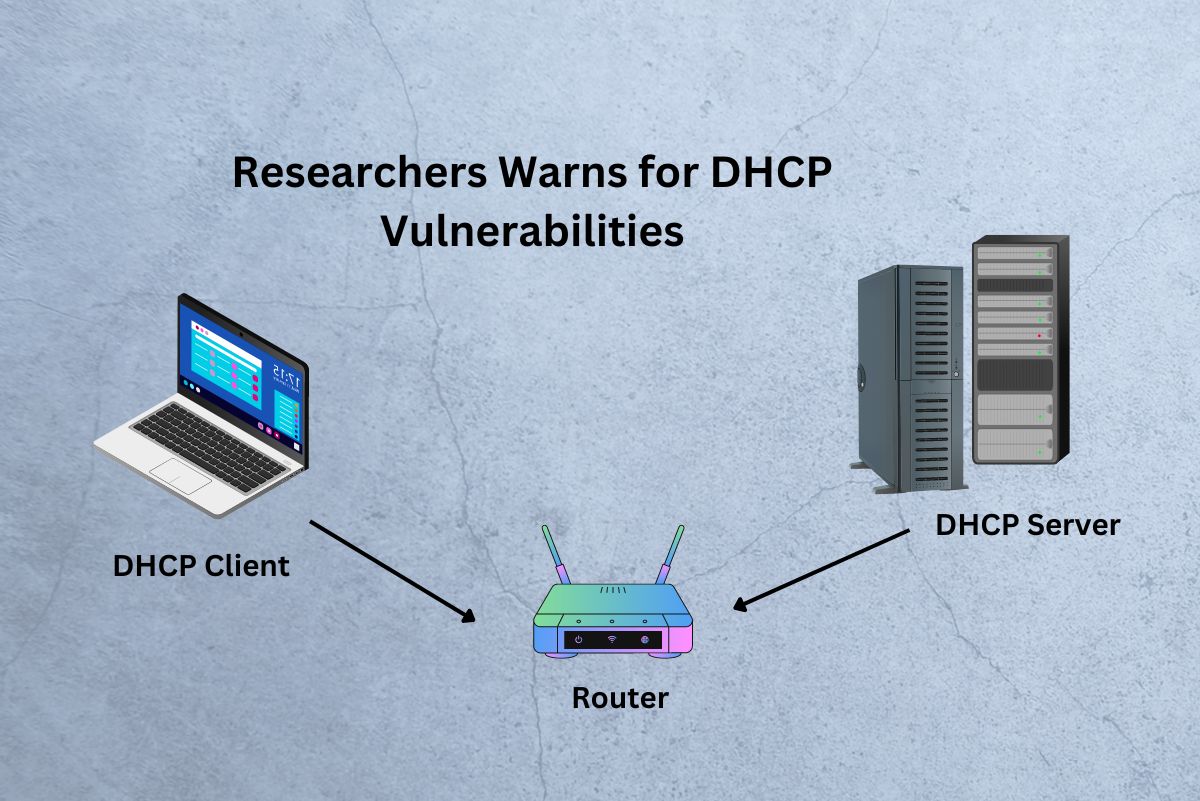
A novel technique unveiled by researchers at Akamai has the potential to endanger millions of Windows domains, posing a significant threat to network security worldwide. This method exploits the Dynamic Host Configuration Protocol (DHCP) administrators group within Active Directory (AD) environments, a fundamental aspect of network management in countless organizations.
The DHCP server, responsible for assigning IP addresses to devices on a network, becomes a crucial point of vulnerability when installed on a Domain Controller (DC). While not exploiting a traditional vulnerability, this configuration can be manipulated by attackers to escalate privileges within the network, granting them domain admin privileges and essentially providing unrestricted access.
Microsoft DHCP servers, prevalent in approximately 40% of networks monitored by Akamai, exacerbate the potential impact of this technique. Moreover, beyond privilege escalation, attackers can establish stealthy domain persistence, remaining undetected within the network and posing a continuous threat to organizational security.
Given the nuanced nature of this threat, there is no straightforward fix like a patch. However, Akamai researchers have outlined comprehensive mitigation and detection strategies to assist organizations in safeguarding their networks. These measures include identifying and addressing risky DHCP configurations, mitigating relay attacks against AD Certificate Services (AD CS), maintaining DHCP administrator's group hygiene, implementing network segmentation, and detecting DNS anomalies.
Named "DHCP Coerce," the technique allows attackers to coerce a DHCP server into authenticating with a machine under their control, enabling them to conduct a Kerberos relay attack and gain control over the server. This poses dire consequences, especially in environments utilizing AD Certificate Services, potentially leading to a complete domain compromise.
This revelation underscores the critical importance of ongoing vigilance in network security practices. Organizations are urged to review their DHCP server configurations, particularly those installed on DCs, and enact the recommended defensive measures to mitigate the risk posed by this technique.
As cyber threats continue to evolve, security professionals must remain proactive in staying abreast of emerging tactics and ensuring the resilience and integrity of their networks. While the DHCP administrators group provides essential functionality, its potential risk underscores the necessity for a balanced approach to access management that prioritizes security without impeding operational efficiency.